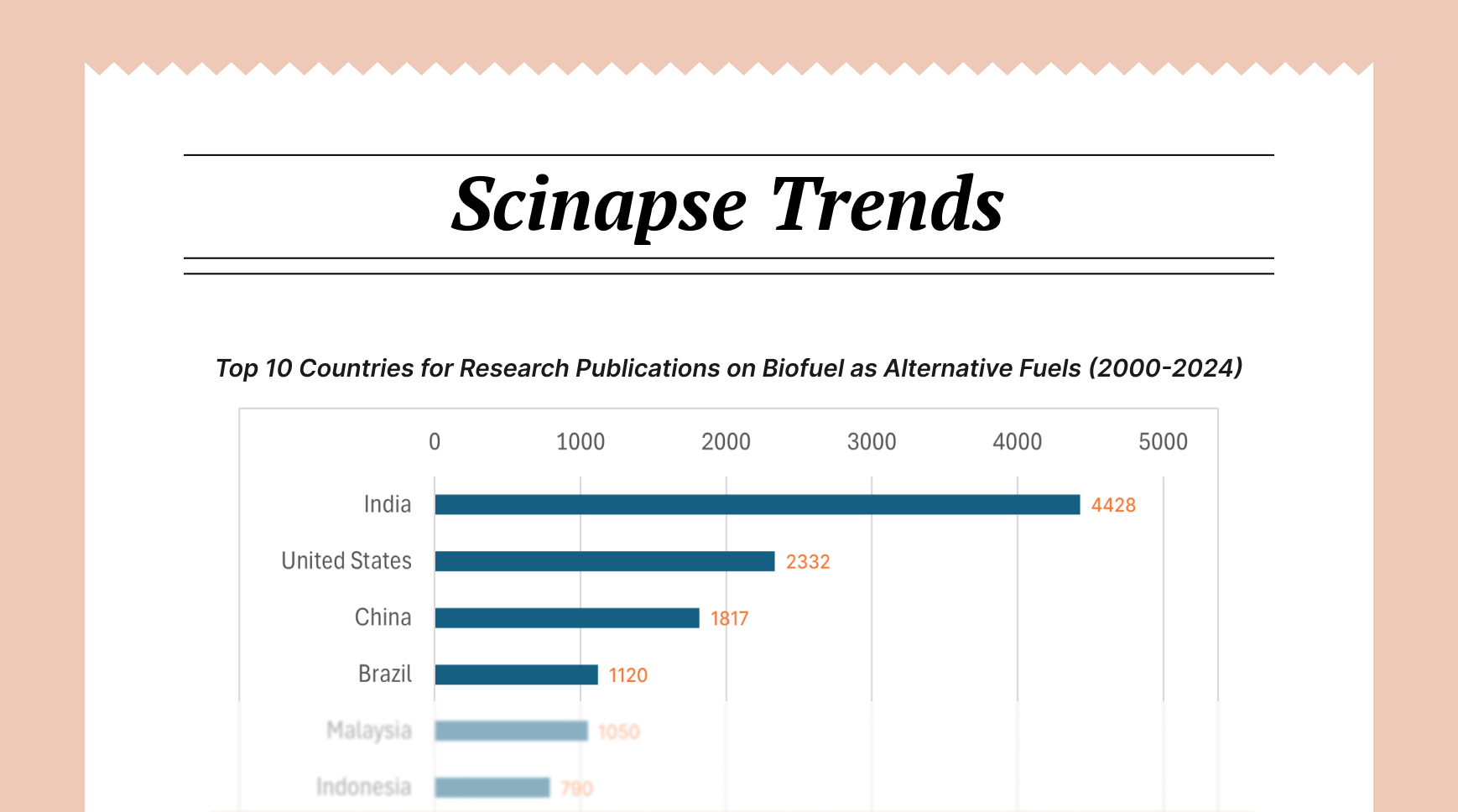Recent Advances in Perovskite Solar Cell Stability and Efficiency through Interface Engineering and Compositional Control (2020-2024)
Perovskite Solar Cells (PSCs): Interface & compositional engineering boost efficiency/stability. Tandem cell advances reviewed.
Introduction
Perovskite solar cells (PSCs) have emerged as a promising alternative to traditional silicon-based photovoltaics due to their high power conversion efficiency (PCE) and low manufacturing costs. However, challenges remain in terms of long-term stability and scalability. The past five years have witnessed significant advancements in addressing these issues, primarily through interface engineering, compositional control, and the development of tandem devices. This mini-review will focus on these key areas, highlighting recent progress and future directions based on the provided literature.
Interface Engineering for Enhanced Stability and Efficiency
A significant focus in perovskite research has been on engineering the interfaces within the solar cell to improve both efficiency and stability. Researchers have explored various strategies to passivate defects, improve charge extraction, and prevent degradation at these interfaces.
One approach involves modifying the buried interfaces. Qing Zhao's group demonstrated that engineering the buried interface with a lattice-matched electron transport layer (ETL) significantly enhances device performance (Chao Luo et al., 2023, Nature Photonics). Similarly, Michaël Grätzel's group showed that 2D/3D heterojunction engineering at the buried interface leads to high-performance inverted methylammonium-free perovskite solar cells (Jing Li et al., 2023, Nature Energy). These studies highlight the importance of optimizing the ETL/perovskite interface for efficient charge transport and reduced recombination.
Another strategy involves surface passivation. Edward H. Sargent's group achieved efficient and stable inverted perovskite solar cells through bimolecular passivation of the interface (Cheng Liu et al., 2022, Science; Cheng Liu et al., 2023, Science). Nam-Gyu Park's group explored the use of buried interface molecular hybrids to improve the performance of inverted perovskite solar cells (Sanwan Liu et al., 2024, Nature). Yang Yang's group demonstrated that efficient and stable perovskite solar cells can be achieved with regulated depletion region (Zhichao Shen et al., 2024, Nature Photonics). Randi Azmi's group showed that double-side 2D/3D heterojunctions can improve inverted perovskite solar cells (Randi Azmi et al., 2024, Nature). These passivation techniques aim to reduce non-radiative recombination losses and improve the overall device performance.
Compositional Engineering for Enhanced Stability and Performance
In addition to interface engineering, compositional control has emerged as a crucial strategy for enhancing the stability and performance of PSCs. This includes optimizing the perovskite composition itself, as well as incorporating additives to improve film quality and stability.
Huanping Zhou's group demonstrated that anion-π interactions can suppress phase impurities in FAPbI3 solar cells, leading to improved stability and efficiency (Zijian Huang et al., 2023, Nature). Rui Wang's group focused on oriented nucleation in formamidinium perovskite for photovoltaics (Pengju Shi et al., 2023, Nature). Yongfang Li's group showed that suppression of phase segregation in wide-bandgap perovskites with thiocyanate ions can improve the efficiency of perovskite/organic tandems (Zhichao Zhang et al., 2024, Nature Energy). These studies highlight the importance of controlling the perovskite composition and film formation process to achieve high-performance devices.
Jin Young Kim's group investigated pseudo-halide anion engineering for α-FAPbI3 perovskite solar cells (Jaeki Jeong et al., 2020, Nature). Songyuan Dai's group demonstrated that homogenizing out-of-plane cation composition in perovskite solar cells can improve device performance (Zheng Liang et al., 2021, Nature; Zheng Liang et al., 2022, Nature; Zheng Liang et al., 2023, Nature).
Tandem Solar Cells for Efficiency Beyond the Shockley-Queisser Limit
To further enhance the PCE of perovskite photovoltaics, researchers have explored the development of tandem solar cells, which combine a perovskite top cell with a bottom cell made of silicon or other materials.
Erkan Aydın's group explored pathways toward commercial perovskite/silicon tandem photovoltaics (Erkan Aydın et al., 2024, Science) and demonstrated enhanced optoelectronic coupling for perovskite/silicon tandem solar cells (Erkan Aydın et al., 2023, Nature). Edward H. Sargent's group demonstrated suppressed phase segregation for triple-junction perovskite solar cells (Zaiwei Wang et al., 2023, Nature). Yi Hou's group achieved monolithic perovskite/organic tandem solar cells with 23.6% efficiency (Wei Chen et al., 2022, Nature Energy). Hairen Tan's group developed flexible all-perovskite tandem solar cells approaching 25% efficiency (Ludong Li et al., 2022, Nature Energy). Rahul Pandey's group engineered a halide composition in a non-toxic perovskite–silicon tandem solar cell with 30.7% conversion efficiency (Rahul Pandey et al., 2023, ACS Applied Electronic Materials). These studies demonstrate the potential of tandem devices to overcome the efficiency limitations of single-junction perovskite solar cells.
Conclusion
The field of perovskite solar cells has witnessed remarkable progress in recent years, with significant advancements in interface engineering, compositional control, and tandem device development. These efforts have led to improved device efficiency and stability, paving the way for the commercialization of perovskite photovoltaics. Future research should focus on further optimizing these strategies, addressing remaining challenges in scalability and long-term reliability, and exploring novel materials and device architectures to unlock the full potential of this promising technology.
✨ About This POST
This mini-review post was generated through Scinapse. Scinapse provides reliable research trend analysis using citation analysis and AI technology.
Check out the trends in your field too!
Get started at https://scinapse.io


Comments ()